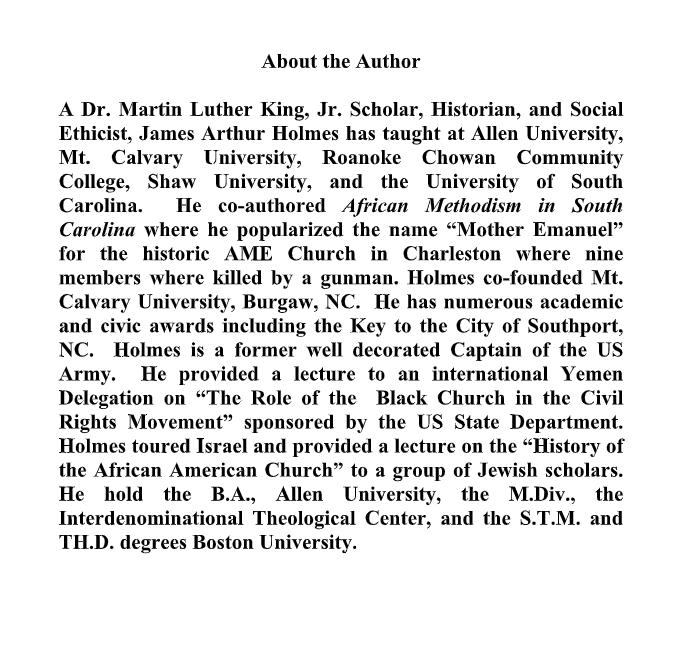- Includes pictures of Sitting Bull and important people and places in his life.
- Explains the Battle of the Little Bighorn and several Lakota oral legends.
- Includes a Table of Contents
"When I was a boy the Sioux owned the world. The sun rose and set on their land; they sent ten thousand men to battle. Where are the warriors today? Who slew them? Where are our lands? Who owns them? Is it wrong for me to love my own? Is it wicked for me because my skin is red? Because I am Sioux? Because I was born where my father lived? Because I would die for my people and my country?" - Sitting Bull
A lot of ink has been spilled covering the lives of history's most influential figures, but how much of the forest is lost for the trees? In Charles River Editors' American Legends series, readers can get caught up to speed on the lives of America's most important men and women in the time it takes to finish a commute, while learning interesting facts long forgotten or never known.
In 1872, during a fight along the Yellowstone River between U.S. troops protecting railroad workers and Sioux warriors, one of the Sioux did something both unusual and inspiring. At the height of the battle, with bullets whizzing all around him, this warrior sat down, loaded his cannupa (sacred pipe), and began to smoke, partaking in his people's religious sacrament. For the Sioux, smoking a pipe was akin to praying, and the smoke, wafting up through to the heavens, represented those prayers as they floated up to Wakan Tanka, the "god" of the Native Americans who occupied the North American Plains. Wakan Tanka is not the name of their god but rather a description, for the words literally mean "Great Mystery." The Sioux warrior continued smoking until done with his pipe, and after carefully reaming and cleaning out the pipe, he rose to his feet, and rejoined the battle.
















